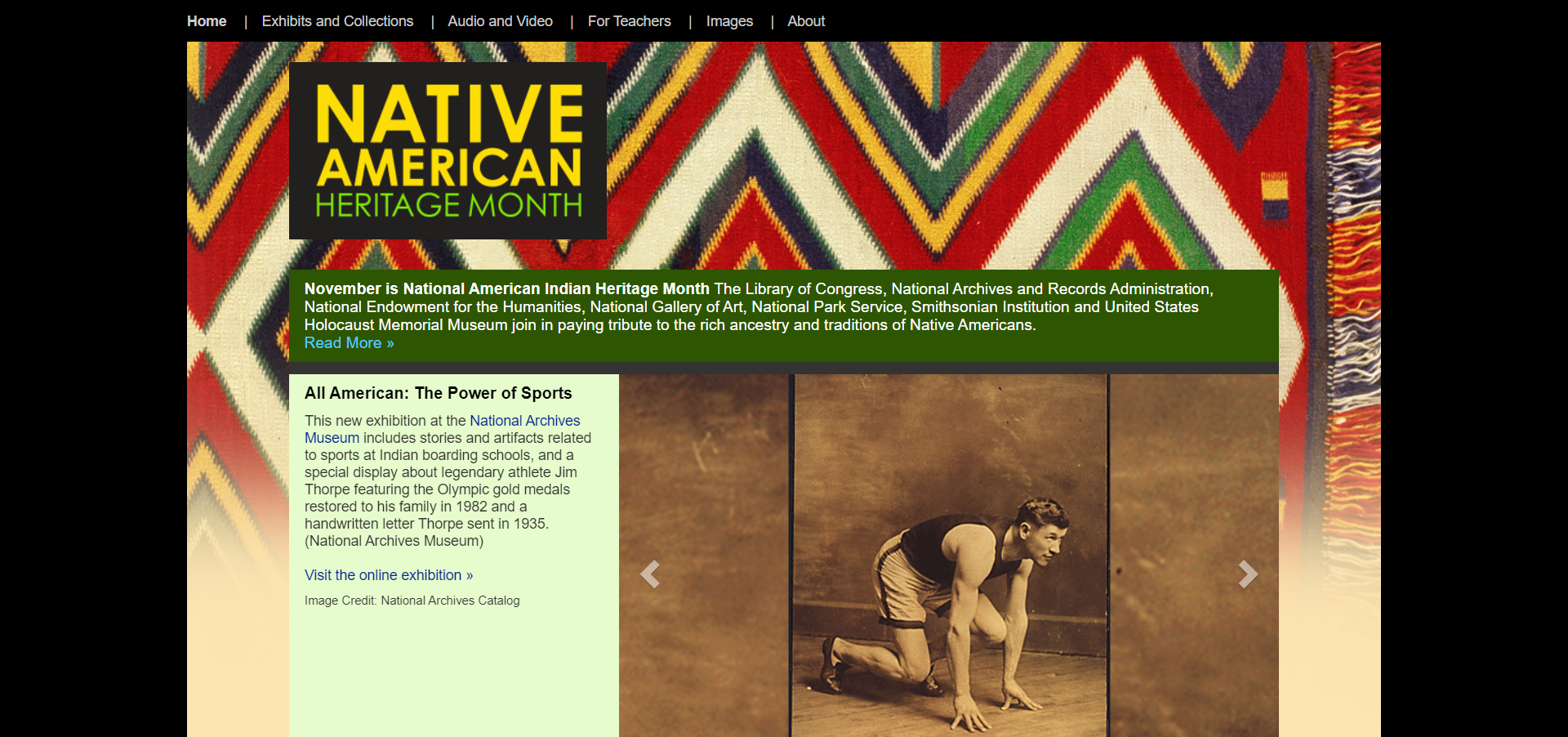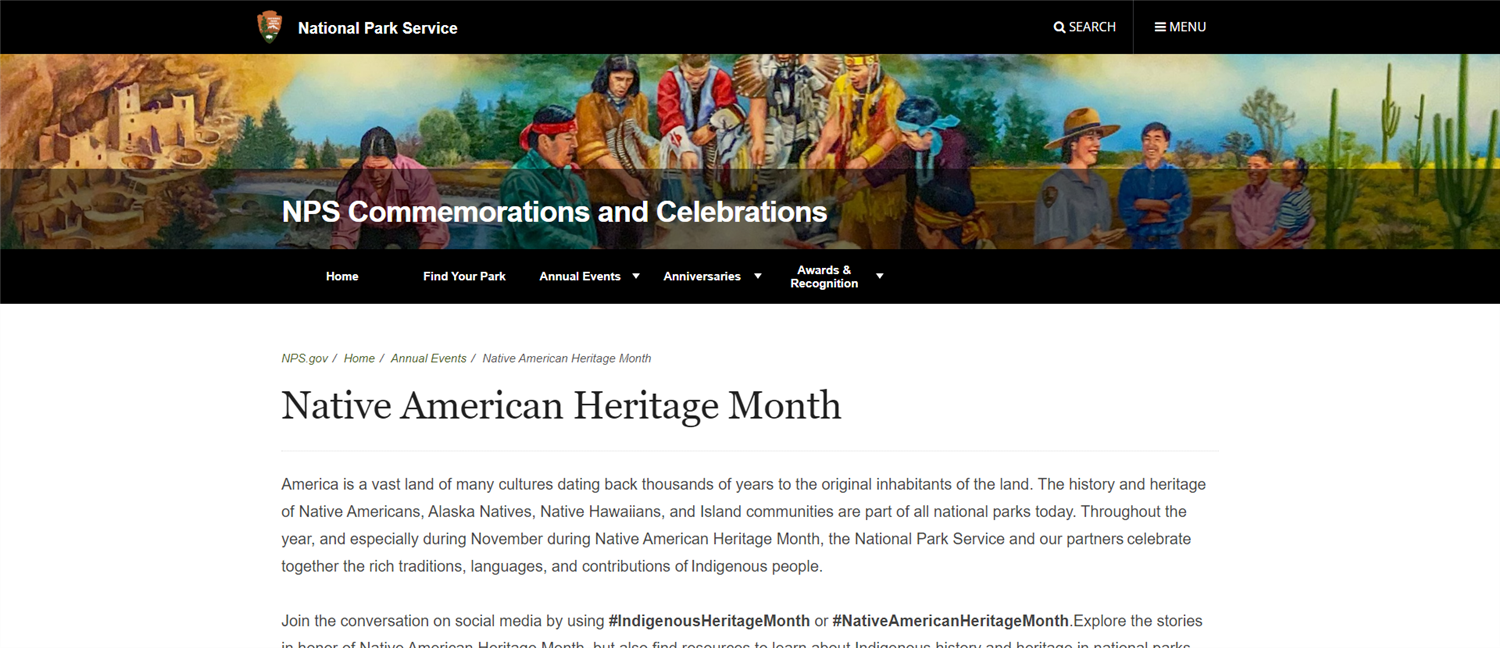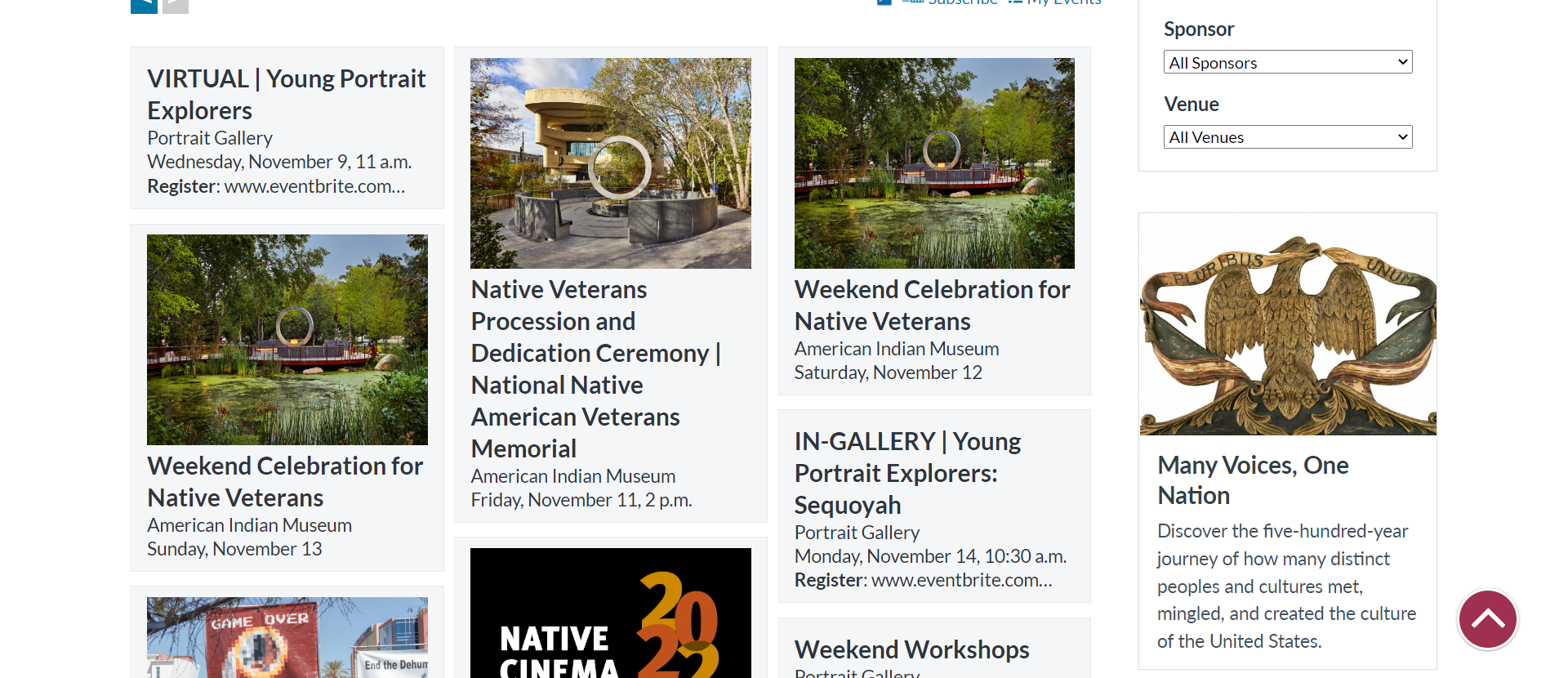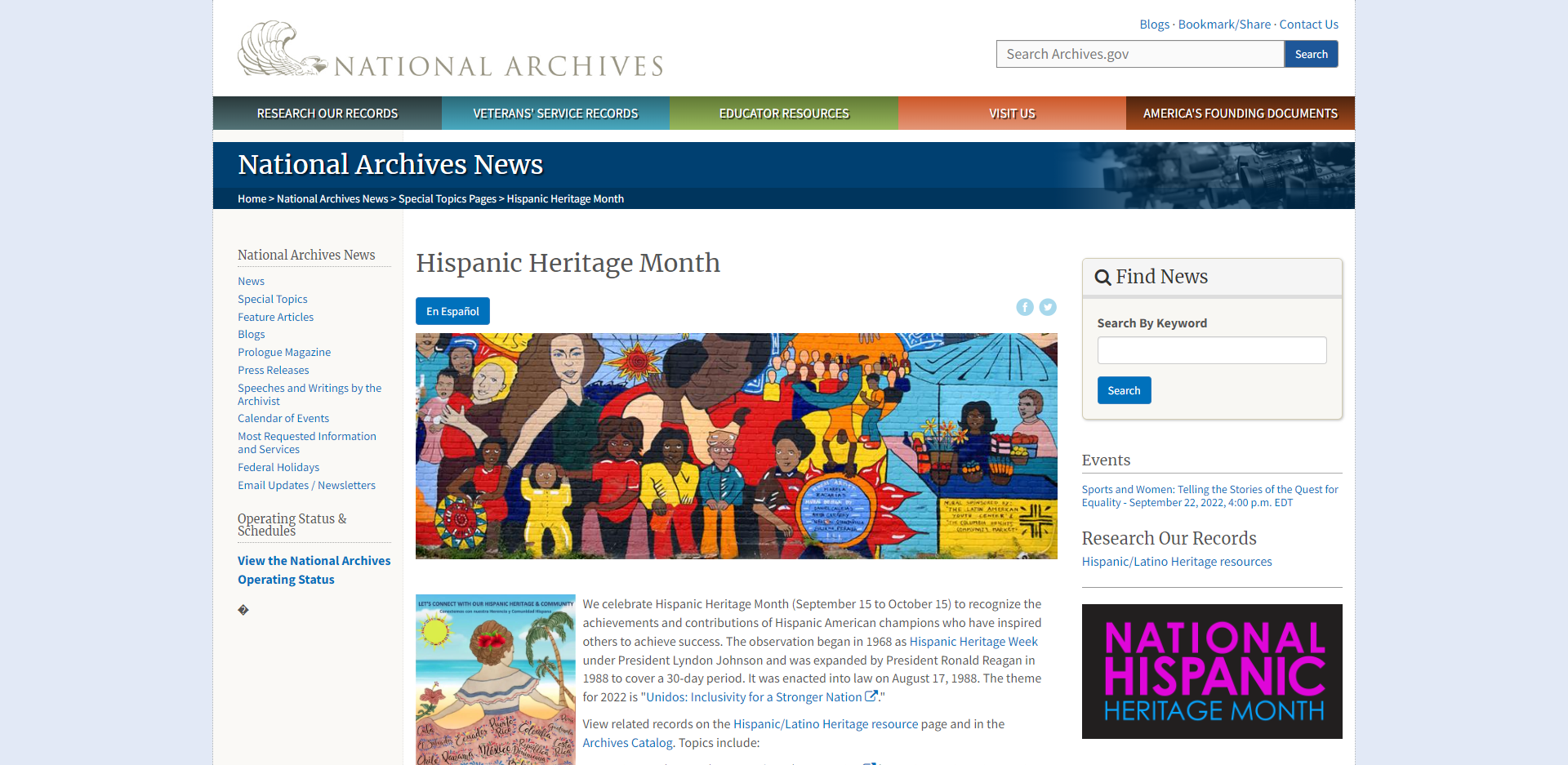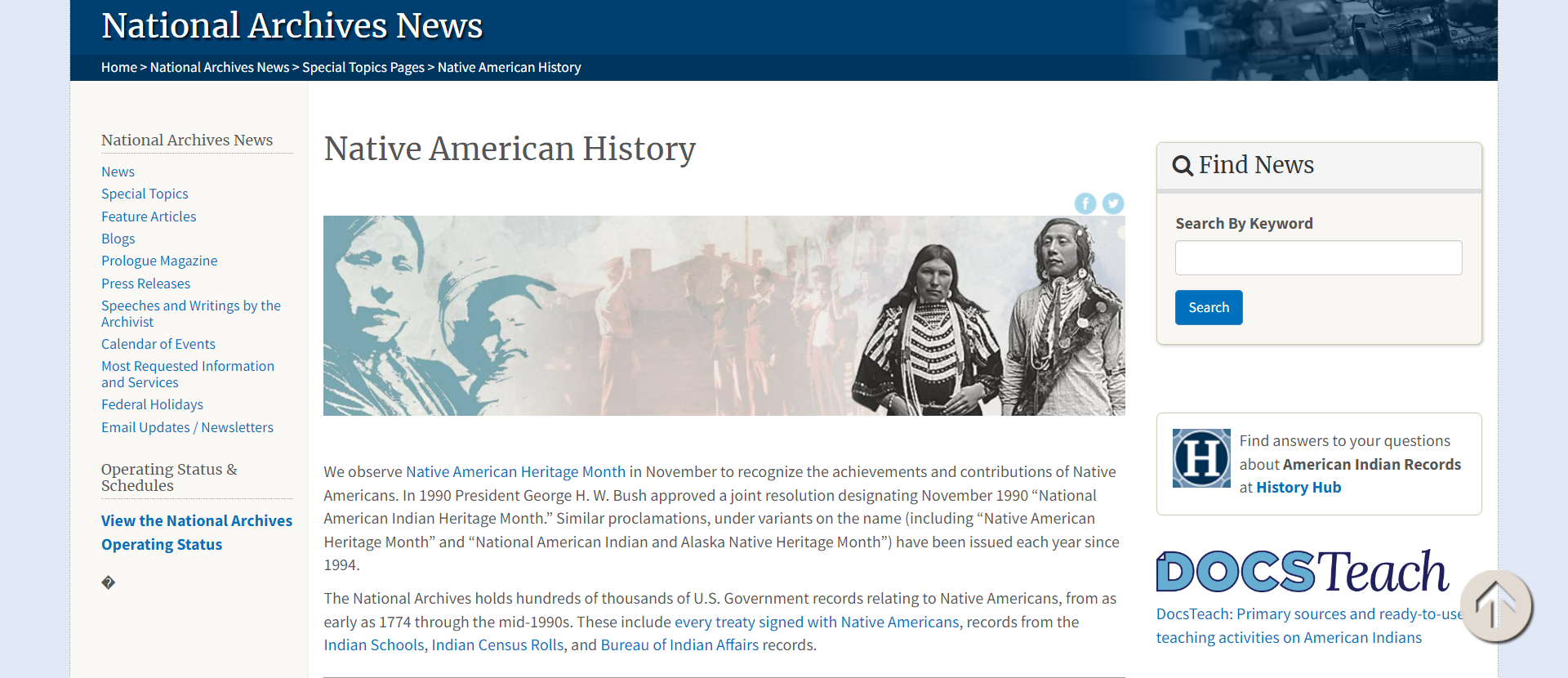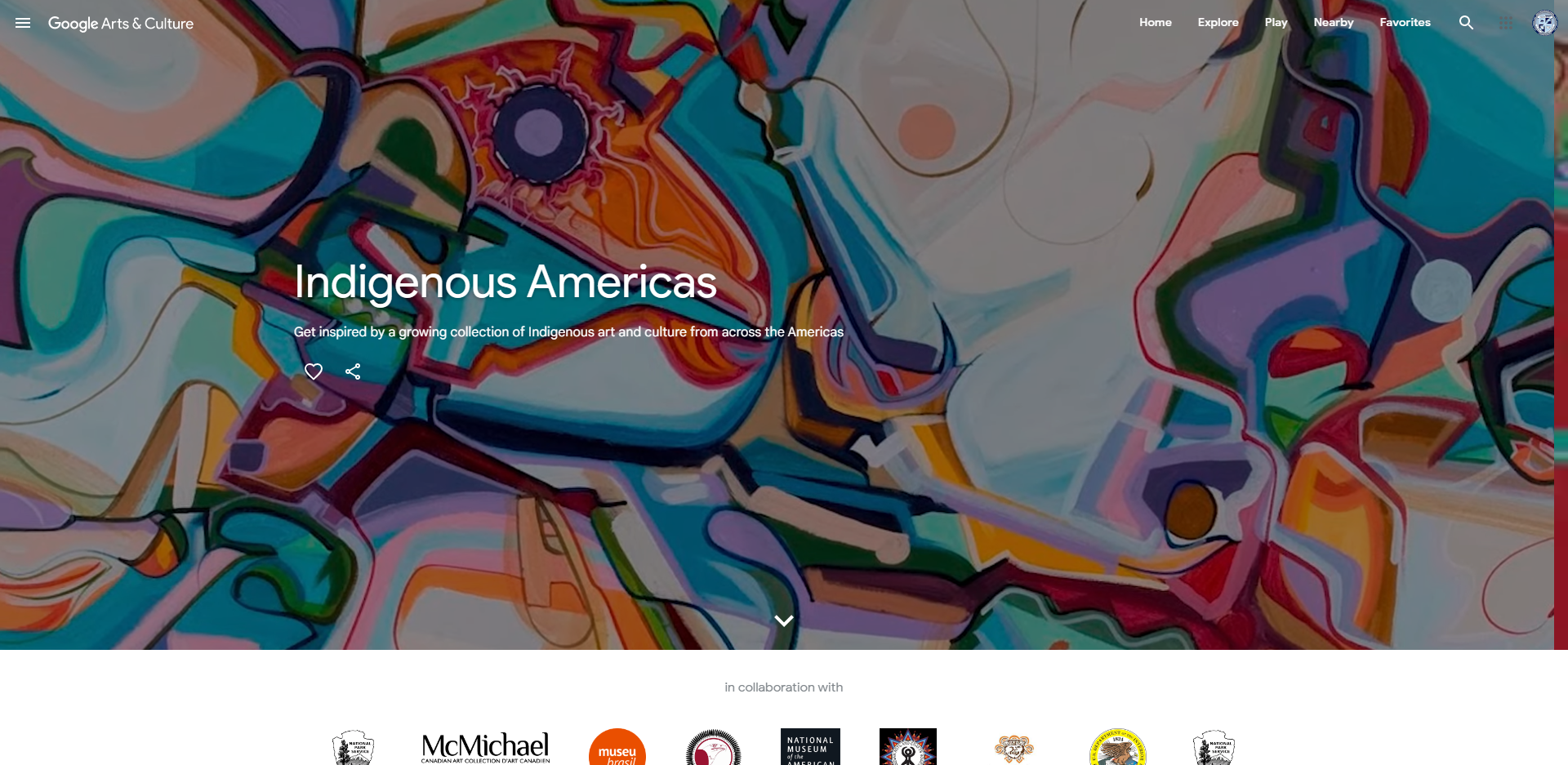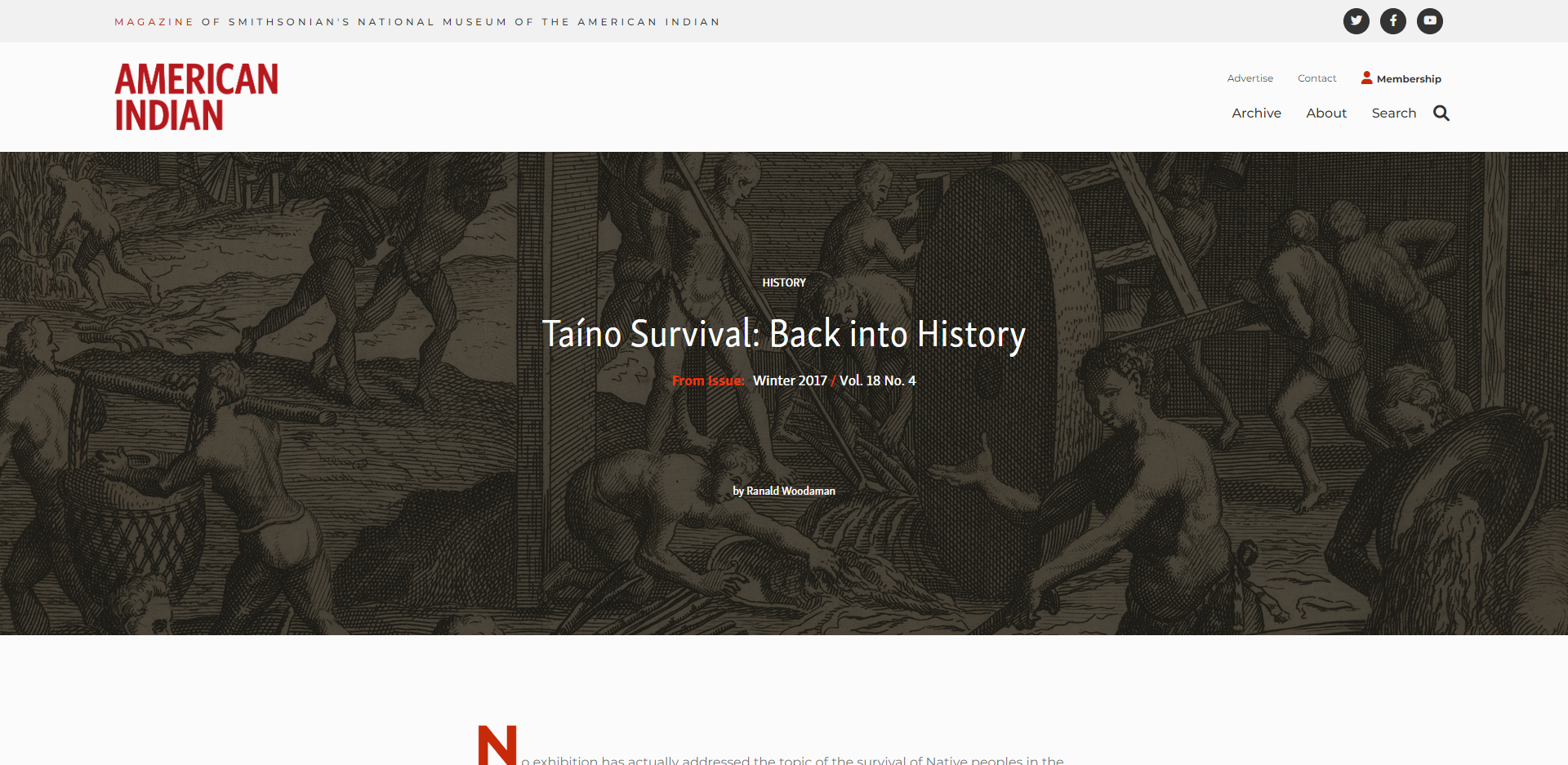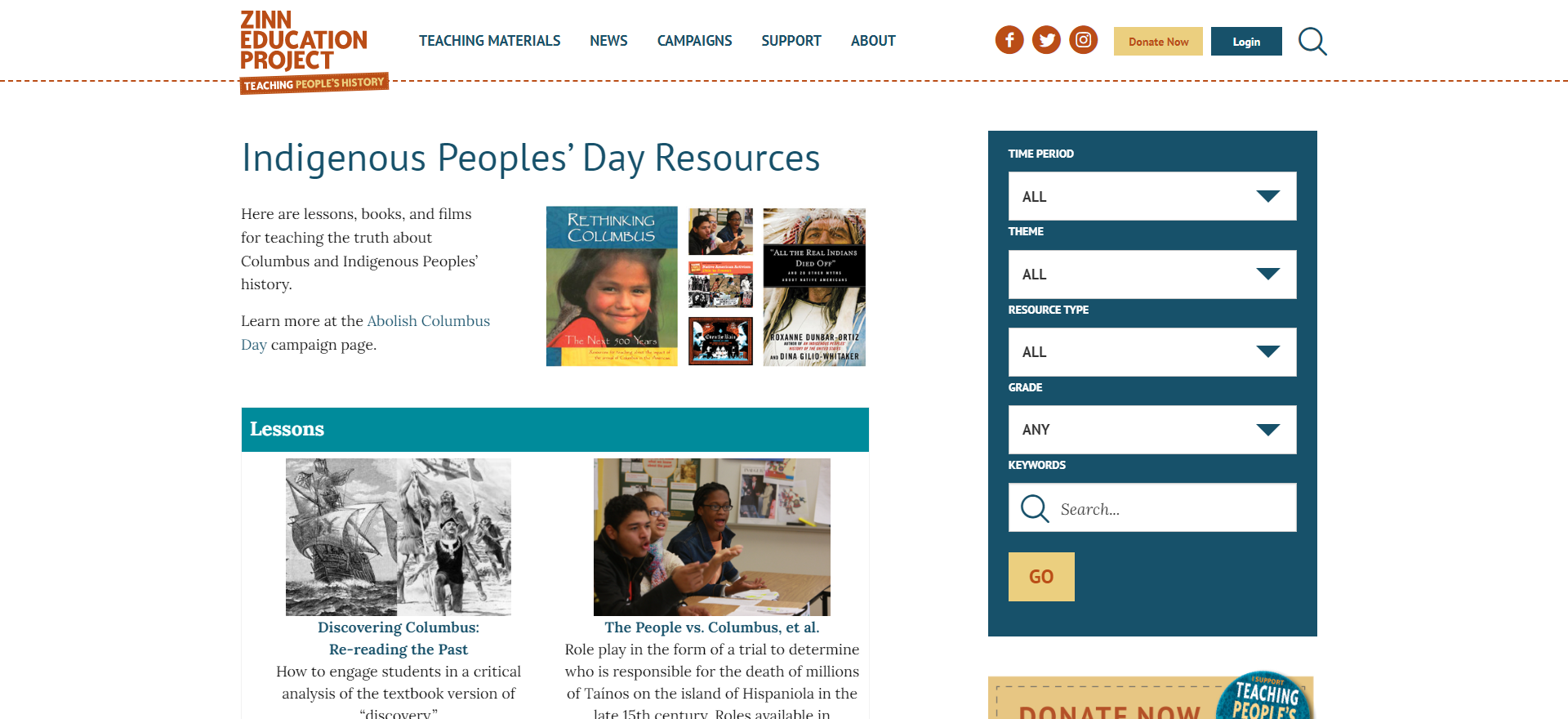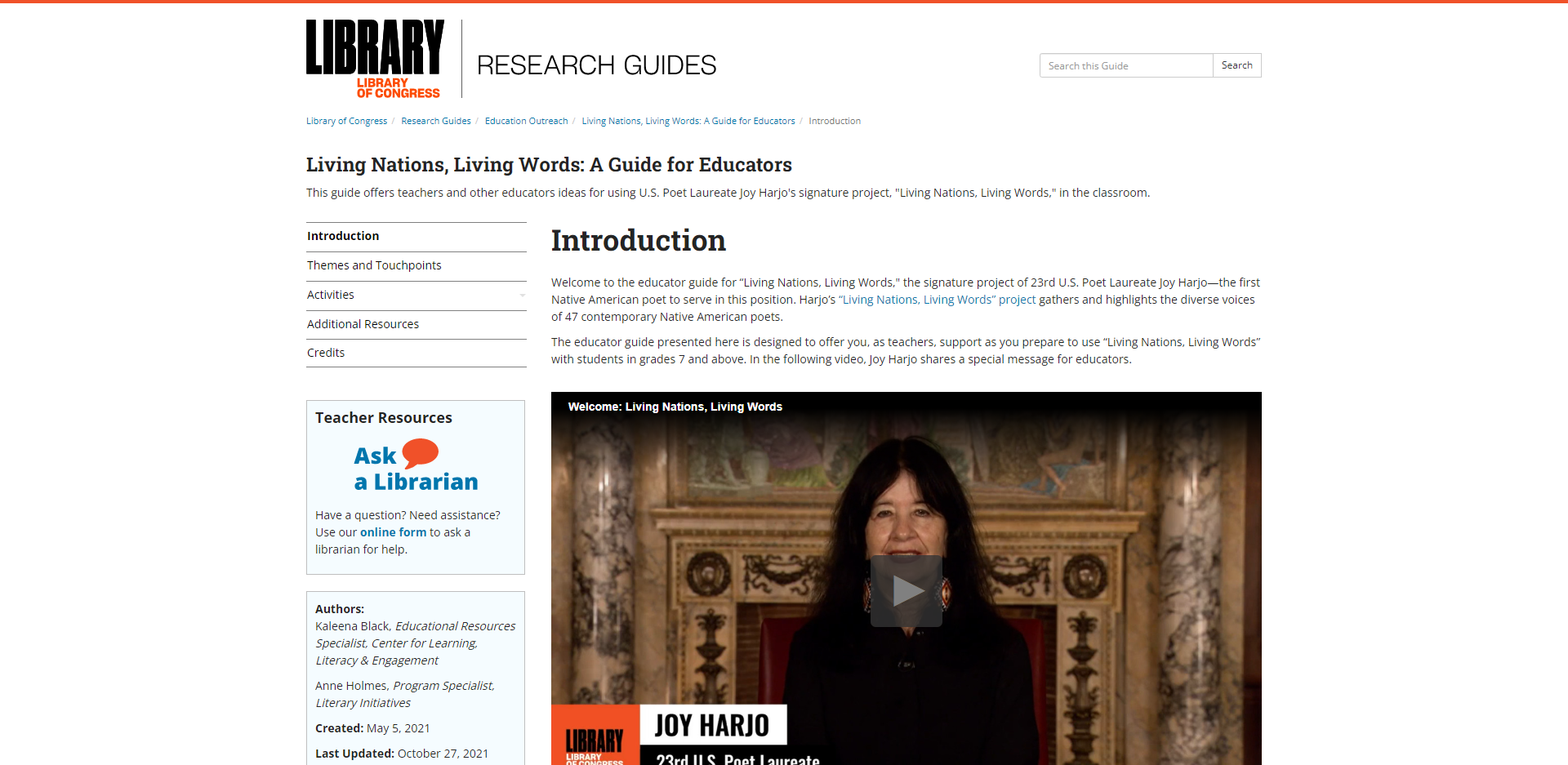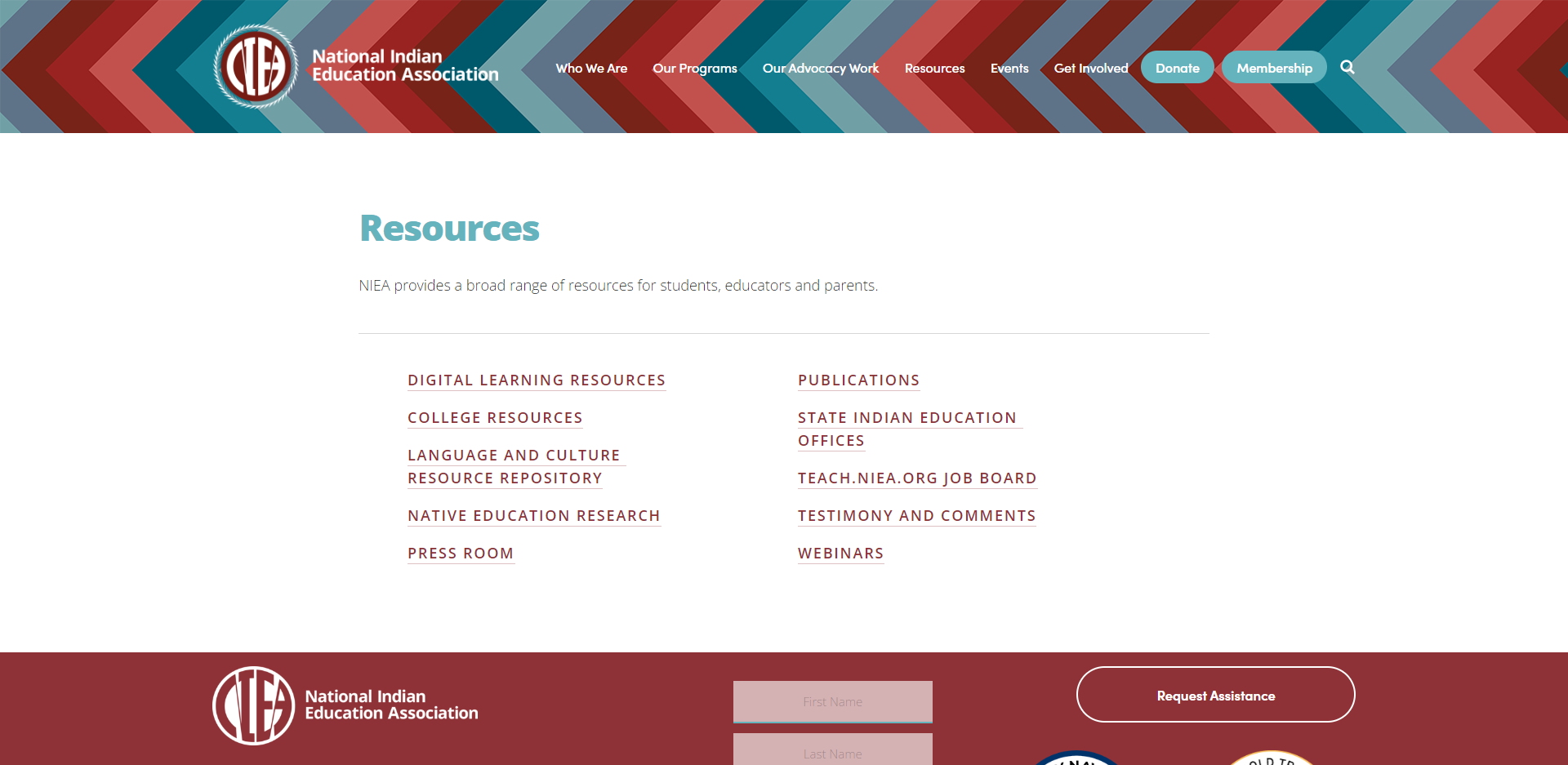Library/Media Center
Page Navigation
- Welcome
- Catalog
- Destiny Discover
- eBooks and Audiobooks
- Book a Library Class
- Check It Out! | Latest Edition
- Current Events and Holidays
- Rules and Policies
- Research Guides
- Subscription Database Quick Start Guide
- Subscription Databases A-Z
- Copyright-Friendly Image Sources
- Heroes of the Revolution
- West Orange Public Library
- Volunteer Information
- West Orange High
- Current Events and Holidays
- National American Indian Heritage Month
-
National American Indian Heritage Month Resources
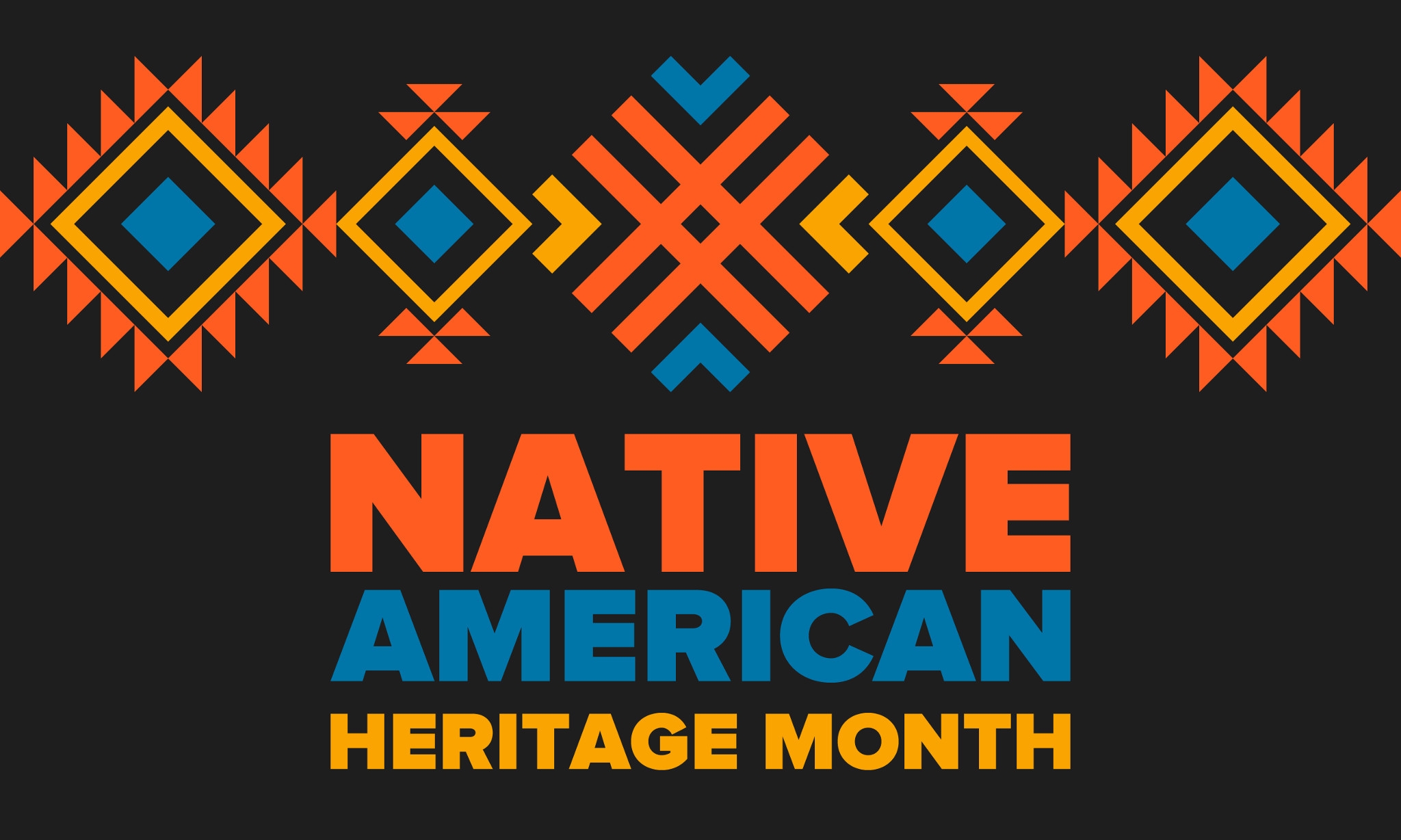
What is National American Indian Heritage Month?
Per nativeamericanheritagemonth.gov:
"What started at the turn of the century as an effort to gain a day of recognition for the significant contributions the first Americans made to the establishment and growth of the U.S., has resulted in a whole month being designated for that purpose.
"One of the very proponents of an American Indian Day was Dr. Arthur C. Parker, a Seneca Indian, who was the director of the Museum of Arts and Science in Rochester, N.Y. He persuaded the Boy Scouts of America to set aside a day for the “First Americans” and for three years they adopted such a day. In 1915, the annual Congress of the American Indian Association meeting in Lawrence, Kans., formally approved a plan concerning American Indian Day. It directed its president, Rev. Sherman Coolidge, an Arapahoe, to call upon the country to observe such a day. Coolidge issued a proclamation on Sept. 28, 1915, which declared the second Saturday of each May as an American Indian Day and contained the first formal appeal for recognition of Indians as citizens.
"The year before this proclamation was issued, Red Fox James, a Blackfoot Indian, rode horseback from state to state seeking approval for a day to honor Indians. On December 14, 1915, he presented the endorsements of 24 state governments at the White House. There is no record, however, of such a national day being proclaimed.
"The first American Indian Day in a state was declared on the second Saturday in May 1916 by the governor of New York. Several states celebrate the fourth Friday in September. In Illinois, for example, legislators enacted such a day in 1919. Presently, several states have designated Columbus Day as Native American Day, but it continues to be a day we observe without any recognition as a national legal holiday.
"In 1990 President George H. W. Bush approved a joint resolution designating November 1990 “National American Indian Heritage Month.” Similar proclamations, under variants on the name (including “Native American Heritage Month” and “National American Indian and Alaska Native Heritage Month”) have been issued each year since 1994."
-
Web Resources
A short list of noteworthy materials on the open web
From the official National American Indian Heritage Month website
From the National Park Service
From the Smithsonian
Indian Country Today
From the National Archives
From Google Arts and Cultures
-
From the Library Collection
Curated books from the library's print and digital collections
Learn more via Follett Destiny
-
Ideas for Instruction
Lesson planning ideas and resources for teachers
From Edsitement!
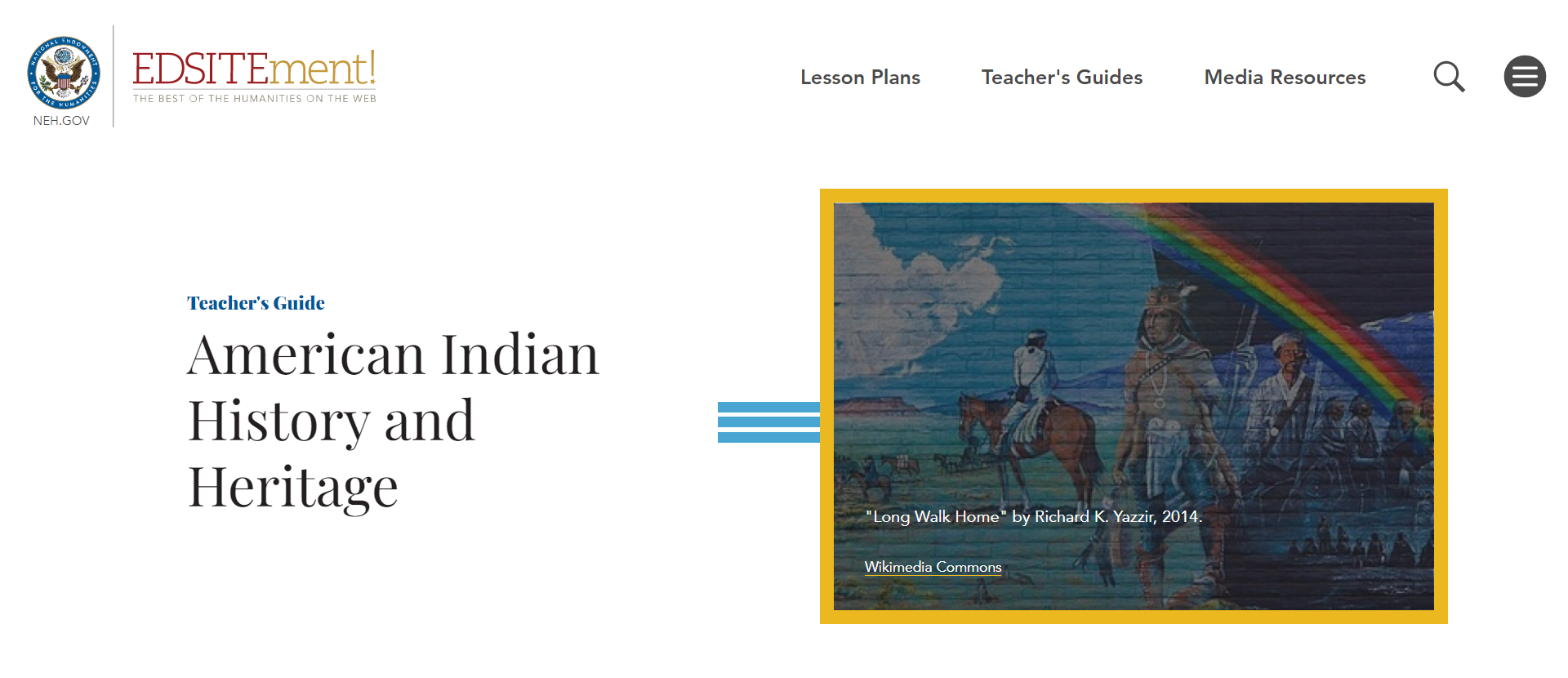
From the Smithsonian's Infinity of Nations Exhibit
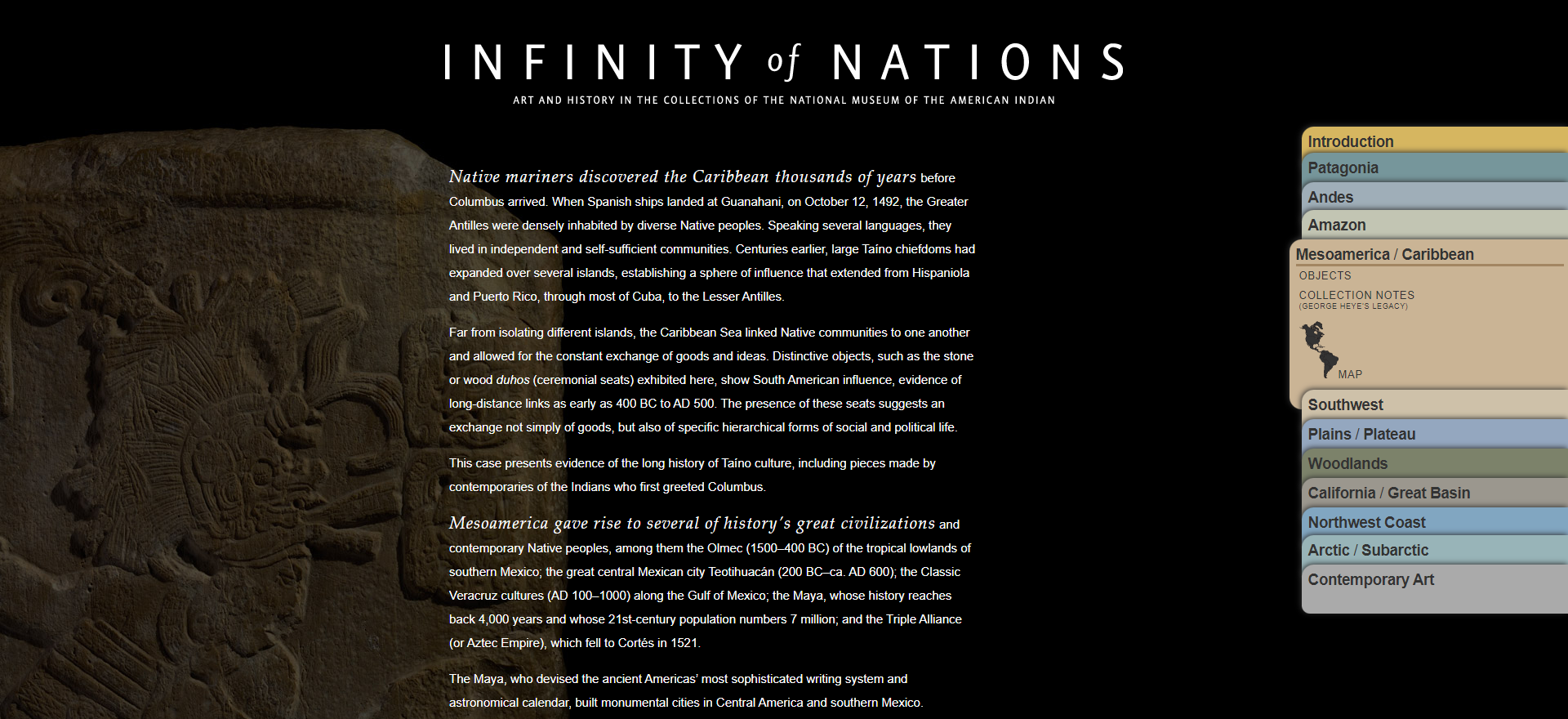
"Taino Survival" from American Indian Magazine
From the Zinn Education Project
"Living Nations, Living Words" from the Library of Congress
From the National Indian Education Association
-
Recommended Databases
Suggested student research tools
American Government | ABC Clio
American History | ABC Clio
American History | Infobase
Biography in Context | Gale
CultureGrams | Proquest
Modern World History | Infobase
Pop Culture Universe | ABC Clio
Referencia Latina | EBSCO
World Book
World Geography and Culture | Infobase

